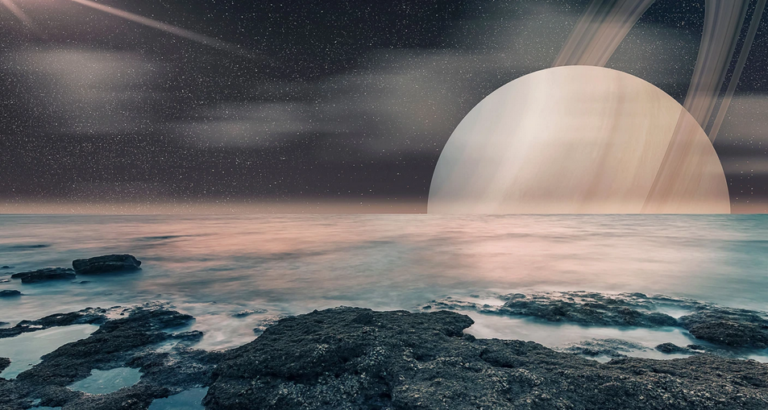Titan looks suspiciously like our own planet when you observe it. However, Saturn’s moon and our own Earth couldn’t be any more different. Where landscapes are made of silicate-based sediments on Earth, many believe Titan’s landscapes are made of solid organic compounds. As such, they should be much more fragile than Earth’s. A new study may have figured out how the landscapes on Titan came to be.
From space, Saturn’s moon, Titan, looks very similar to Earth. However, when you really start diving into the landscapes that make up the moon, things get very interesting. See, landscapes on Titan might look beautiful from space. But, on the surface, the landscape is cut by flowing rivers of liquid methane, and the land itself is made up of hydrocarbons.
Russia deploys ‘Terminator’ vehicles in Ukraine for the first time (video)
For years, scientists have wondered how such fragile components, like the hydrocarbons on Titan, could hold to the intense nitrogen wind and liquid methane that cover the planet. With this new study, Mathieu Lapôtre, an assistant professor of geological sciences at Stanford, and other researchers may have discovered a combination that helps keep the landscapes on Titan from wearing away.
Read more: BGR
Ask me anything
Explore related questions





